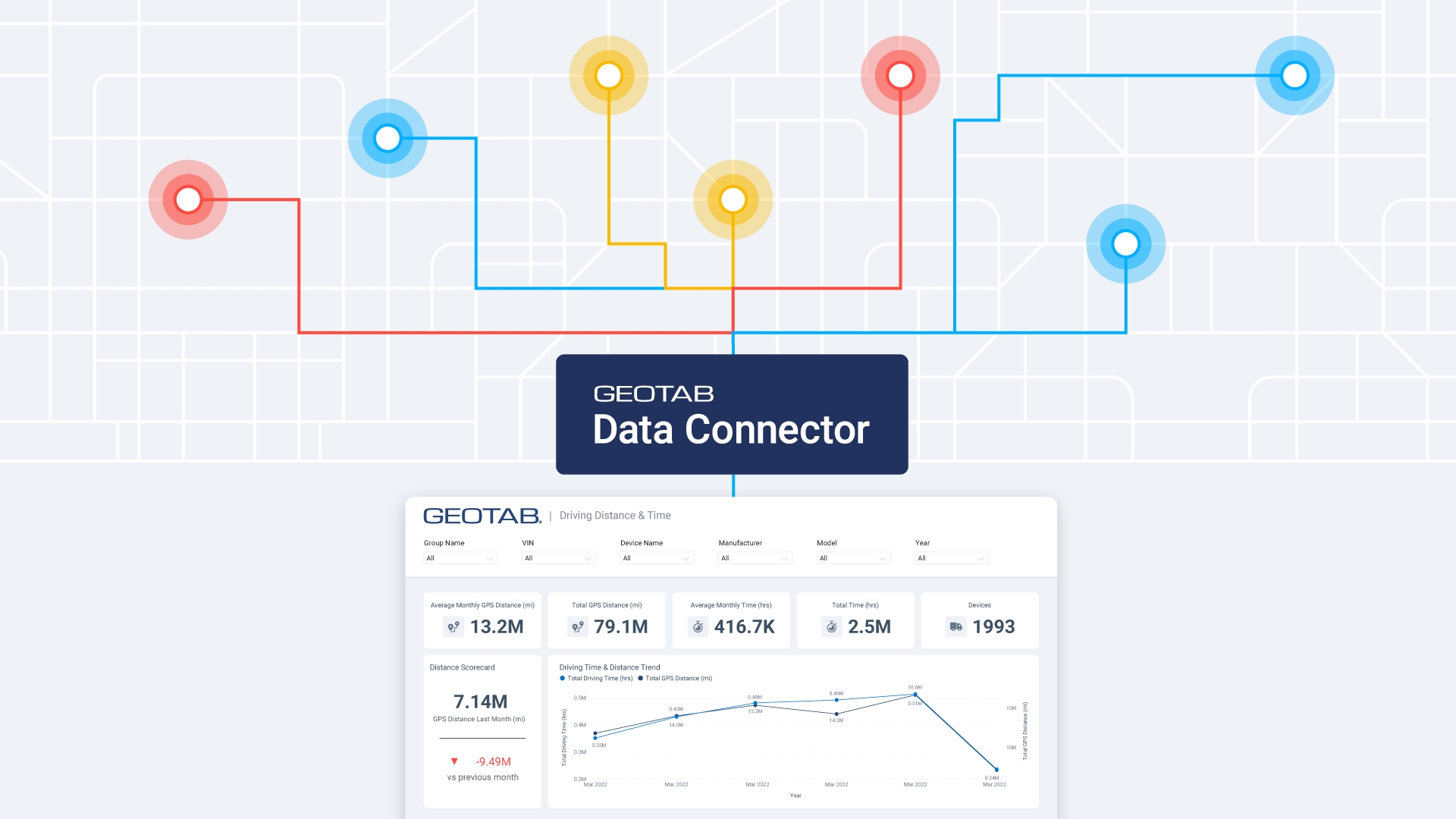Managing winter weather risks with telematics data
Telematics data gives public works professionals real-time updates on the clearing and deicing of city streets and regional highways.

Before the snow starts flying, municipalities have spent months preparing their winter operations to weather the impending storms. Equipment has been properly inspected and maintained, materials are ordered and stockpiled, crews are assembled and trained. However, one area of concern left to consider for local governments is fighting off liability claims from their constituents.
In Canada, the Supreme Court recently made a ruling that could potentially see citizens turning more litigious in cases of collisions or injuries sustained in winter conditions. A woman in British Columbia injured her leg climbing over a snowbank and the courts ruled in her favor — allowing her to seek damages from the City of Nelson. The courts declared that the decisions made about how the snow was cleared in this case were operational and up to the city and its equipment operators’ discretion, thereby opening them up to litigation.
Previously, the methods that operations crews chose to employ to remove snow were not subject to negligence claims. This decision opens the door for appeals and citizens to directly sue their city for damages if injured as a result of a snow event.
Moving on thin ice
It’s a chilling fact that more than 50,000 collisions a year will be affected by winter precipitation and that nearly 30% of all Canadian car collisions occur on snowy or icy roads. It’s a similar story south of the border as every year 24% of weather-related vehicle collisions occur on winter roads across the US. Keeping drivers and pedestrians safe during the winter season is of utmost importance to municipal crews but it has continued to prove difficult.
This court decision could potentially leave cities scrambling for ways to limit and manage their liability in the future. It is imperative to keep drivers safe on winter roads, but it’s also important to be able to protect operators and agencies from lawsuits resulting from snow events and the investigations that follow. The question remains: how can these agencies help protect themselves in these types of situations? The answer lies in telematics.
Managing compliance with telematics
With telematics data and specifically the Public Works solution from Geotab, winter operations crews and management have unprecedented visibility into when and where snow removal activities and preventative road maintenance have taken place. There are many moving parts when it comes to servicing roads effectively and efficiently in the winter and telematics data can be incredibly useful for properly managing these complex programs.
Winter driving conditions pose a greater risk to citizens and it’s up to public-works departments and their crews to keep those roadways clear in a timely manner.
Discover other ways telematics can help winter operations fleet managers keep roads clear and safe. https://www.geotab.com/blog/winter-fleet/
Let’s break down the features of the Public Works solution that are especially beneficial for agencies looking to limit their exposure to liability.
Mapping activity by area
Perhaps the most basic feature for accurate accountability is tracking of vehicle activity using the map to see exactly where and when a plow or salt spreader vehicle has made its way through an area.
Look back over an extended period of time to aid in post-event investigations and quickly identify when a crew serviced the roadway in question.

Get more granular into the type of activity being performed to know if a vehicle is currently plowing or spreading material. This pinpoints the exact time a roadway was plowed and cleared for driving.

Or piece together a vehicle’s entire trip including all stops using the Replay function.

Managing resources
Not only are government agencies responsible for clearing roadways and keeping drivers safe during winter months, but there are also increasing environmental pressures about the materials used to keep those roads clear.
Telematics data paints a clear picture of how and when assets are in use and how much material is being used. Easily integrate with spreader controllers to get accurate levels on how much salt or sand is being used, while accessing real-time reporting on whether a plow is up or down or if a spreader is on or off.

Easily account for any additional inventory requirements, as well as meeting material regulatory policies, by knowing exactly how much salt or sand was used in a season and within a region.
With this level of detail into how and when winter operational activities were performed, government agencies can feel confident in providing an accurate account of circumstances should a collision arise.
Municipalities can then put together a strong case using trip history, vehicle activity reports as well as materials usage information to support or refute claims against them. For example, combining plow status with timestamps of when a road was serviced helps to show how an agency is working to meet service agreements for clearing roads in a timely manner.
For more information on how Geotab’s Public Works solution can help manage your agency’s risk of liability, visit https://www.geotab.com/public-works/ or email publicworks@geotab.com.
Subscribe to get industry tips and insights
The Geotab Team write about company news.
Table of Contents
Subscribe to get industry tips and insights
Related posts

Smarter Municipal Fleet Management with Geotab Data Connector
April 22, 2025
3 minute read

Embracing public safety technologies in the face of opposition
April 15, 2025
4 minute read

What is government fleet management software and how is it used?
April 10, 2025
3 minute read

Beyond the road: Enhancing school bus interior safety with advanced technology
April 10, 2025
5 minute read

Enhancing student bus safety: Combating distracted driving in the digital age
April 7, 2025
6 minute read
